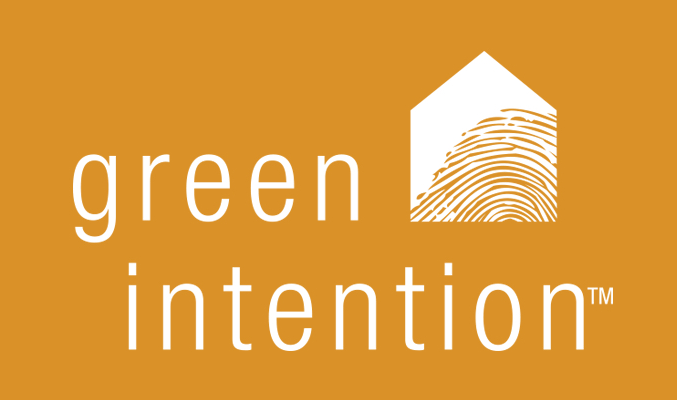After taking a year of blogging about getting our home LEED certified, and writing about every minute detail, I wanted to share some key findings.
- There are 18 prerequisites across eight sections in the rating system. You have to dig through each section of LEED Homes Reference Guide to find them (though I pull them out in my upcoming eBook). The important thing to know is that you have to meet all 18 of them — they are not optional. You cannot get your home LEED certified if you miss just one of them.
This almost happened to us: we had a Rumford fireplace (small, efficiently designed wood-burning hold inthe wall). LEED Homes requires that all wood-burning fireplaces have doors on them for healthy indoor air quality (surprisingly, it is not required for energy efficiency). So, after we moved in, we had to retrofit a door — or forgo LEED certification. (See blog post on this credit.) - LEED Homes, like all LEED rating systems (available for commercial buildings, schools, hospitals, etc.), is a point-based system. For LEED Homes, you need to get at least 40 points out of 136 possible points to get certified; you need 60 for silver, 75 for gold, and 90 for platinum. But that assumes you have a “neutral”-sized home — which, according to the USGBC, is 2,400 square feet if you have 4 bedrooms (or 1,950 for 3 bedrooms). The good news is that a home can be any size, but because it takes more resources for a larger home, the thresholds just adjust accordingly.
- The LEED rating system is not just about energy efficiency — a common misconception. While Energy Efficiency is the largest section (worth 38 points), it is only 28% of the total possible points. Location, indoor air quality, landscaping, water efficiency, materials and resources, project planning, design and awareness are all important in the rating system; there are actually minimum point requirements in 4 of these sections to ensure that nobody skips them entirely.
- There might be rebates or tax incentives to help off-set the costs. The USGBC keeps tabs on what is going on at the federal, state, and local level, so it’s always good to check it out: LEED Public Policies.
- There are both hard and soft costs to getting a home LEED Certified. The hard costs, based on our project (always check with your local providers and the USGBC), are as follows:
- LEED Homes Reference Manual (a must-have): $100
- USGBC small business or personal membership (not necessary, but reduces other fees and provides other benefits): $300
- LEED registration fee to USGGC (upon beginning project): $150
- LEED certification fee to USGBC (at end of project): $225
- Green Rater visits, tests, verifications: approximately $1,800
- LEED for Homes Provider (widest range here): approximately $1,000
Total hard costs: approximately $3,575
Then there are the soft costs, which are actually hard costs in terms of dollars, but less directly attributable to LEED certification. These are the costs of design and documentation, making the home more durable, energy efficient, water efficient, etc. Several studies on commercial buildings estimate the cost of LEED ranging from 0.5%-8% of construction costs, depending on the certification level and the project itself.
The goal for us, though, was to ensure that any additional costs incurred were either paid back in lower utility and maintenance bills (preferably in less than ten years), or could make a noticeable difference in the air quality and comfort of the home. In those cases, the additional costs were worth it.
